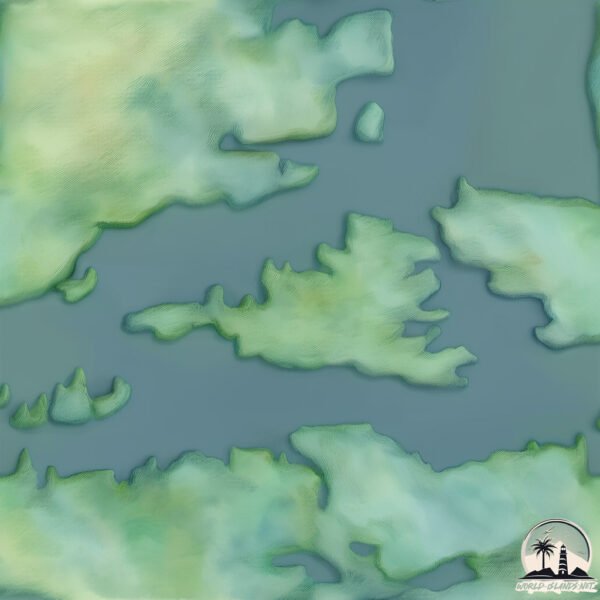Welcome to Dyke , a Temperate island in the South Atlantic Ocean, part of the majestic Atlantic Ocean. This guide offers a comprehensive overview of what makes Dyke unique – from its geography and climate to its population, infrastructure, and beyond. Dive into the details:
Geography and size of Dyke
Size: 15.9 km²Coastline: 36.7 kmOcean: Atlantic OceanSea: South Atlantic OceanContinent: South America
Dyke is a Medium Island spanning 16 km² with a coastline of 37 km.
Archipel: Falkland Islands – Located in the South Atlantic Ocean, this British Overseas Territory is known for its rugged terrain, biodiversity, and historical significance.
Tectonic Plate: South America – A major plate covering the South American continent and part of the Atlantic Ocean, known for the Andes mountain range and significant seismic and volcanic activity.
The geographic heart of the island is pinpointed at these coordinates:
Climate and weather of Dyke
Climate Zone: TemperateClimate Details: Subpolar Oceanic ClimateTemperature: Cold Summer
Climate Characteristics: Predominantly cold with cool summers and no dry season. Often found in coastal areas at higher latitudes or on islands.
Topography and nature of Dyke
Timezone: UTC-04:00Timezone places: America/La_PazMax. Elevation: 52 m Mean Elevation: 23 mVegetation: Herbaceous CoverTree Coverage: 60%
The mean elevation is 23 m. The highest elevation on the island reaches approximately 52 meters above sea level. The island is characterized by Plains: Flat, low-lying lands characterized by a maximum elevation of up to 200 meters. On islands, plains are typically coastal lowlands or central flat areas.
Dominating Vegetation: Herbaceous Cover
Vegetation: 7 vegetation zones – Very Highly Diverse Island
Infrastructure and Travelling to Dyke
Does the island have a public airport? no .
Does the island have a major port? no .
The mean population of Dyke is 0 per km². Dyke is Uninhabited. The island belongs to Falkland Is. .
The name of the island resonates across different cultures and languages. Here is how it is known around the world: Arabic: جزيرة فوكلاند الغربية; German: Westfalkland; Spanish: Isla Gran Malvina; French: île de Grande Malouine; Portuguese: Malvina Ocidental; Russian: Западный Фолкленд; Chinese: 大马尔维纳岛
Continuing your journey, Weddel is the next notable island, situated merely km away.
TOP PLACES to "Explore" on JOST VAN DYKE - British Virgin Islands (EXPLAINED)
Hey All! An easy way to support my work & more videos to come on this channel! “BUY ME A COFFEE” (link below) ...
TOP PLACES to "Explore" on JOST VAN DYKE - British Virgin Islands (EXPLAINED)
Hey All! An easy way to support my work & more videos to come on this ...
Hey All! An easy way to support my work & more videos to come on this channel! “BUY ME A COFFEE” (link below) ...
Dyke and Fats - SNL
A commercial parody for Dyke & Fats, an explosive '70s cop show that ...
A commercial parody for Dyke & Fats, an explosive '70s cop show that follows the adventures of Les Dykawitz (Kate McKinnon) ...
VIRGIN ISLANDS MOST BEAUTIFUL BEACHES!
JOST VAN DYKE & TORTOLA
GET COPYRIGHT FREE MUSIC HERE: ...
Falkland Is. is classified as Developed region: G7: Group of Seven – Major advanced economies, including Canada, France, Germany, Italy, Japan, the United Kingdom, and the United States. The level of income is High income: OECD.
News – Latest Updates and Headlines from Dyke
Stay informed with the most recent news and important headlines from Dyke. Here’s a roundup of the latest developments.
Loading...
Please note: The data used here has been primarily extracted from satellite readings. Deviations from exact values may occur, particularly regarding the height of elevations and population density. Land area and coastline measurements refer to average values at mean high tide.

